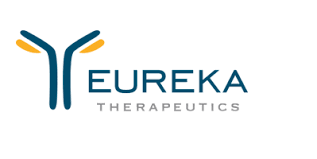MedicalResearch.com Interview with:
Eric Hughes, Global Head of Development, Immunology & Dermatology
Novartis Pharma AG
Basel, Switzerland
MedicalResearch.com: What is the background for this study? What are the main findings?
Response: It is well established that psoriasis negatively affects quality of life and work productivity. However, how the treatments affect psoriasis severity (based on skin clearance, itch, pain and scaling symptoms), health-related quality of life (HRQOL), work productivity, and daily activity directly or indirectly (via other factors) are still largely unknown.
Secukinumab, a fully human monoclonal antibody that selectively neutralizes interleukin-17A (IL-17A), exhibits significant efficacy in the treatment of moderate-to-severe psoriasis, ankylosing spondylitis, and psoriatic arthritis, demonstrating a rapid onset of action and a favorable safety profile.
In CLEAR, a Phase 3b head-to-head study versus ustekinumab, secukinumab demonstrated sustained superior efficacy in clearing skin through Week 52, greater improvement in symptoms and HRQOL, greater relief of work and activity limitations, and a comparable safety profile. In this sub-analysis of the CLEAR study, Novartis was interested in examining the relationships among multiple variables that are thought to be important to patients with psoriasis. The direct and indirect (i.e. mediated) effects of treatment (secukinumab or ustekinumab) on psoriasis severity and patients’ HRQOL, work productivity, and daily activity were examined. The evaluation was conducted using structural equation modeling (or path analysis) and compared these relationships for secukinumab versus ustekinumab at 16 and 52 weeks. Structural equation modeling or path analysis is a statistical method that models the direct and indirect relationship between multiple patient-relevant outcomes simultaneously.
Goodness-of-fit statistics for all models were excellent confirming the robustness of the results. Results at Week 16 and at Week 52 for different Psoriasis Area and Severity Index (PASI) response categories (e.g. PASI 75, PASI 90, PASI 100) indicated that psoriasis treatment indirectly affected HRQOL and work productivity and daily activity, measured with the Dermatology Life Quality Index (DLQI) and the Work Productivity and Activity Impairment (WPAI) questionnaires, respectively.
Actually, greater effect of secukinumab over ustekinumab on DLQI was mediated by greater improvement of secukinumab in PASI response as well as by greater improvement in psoriasis-related symptoms (itch, pain and scaling). Greater effect of secukinumab over ustekinumab on work productivity and daily activity was mediated by greater improvement of secukinumab in psoriasis-related symptoms.
(more…)


